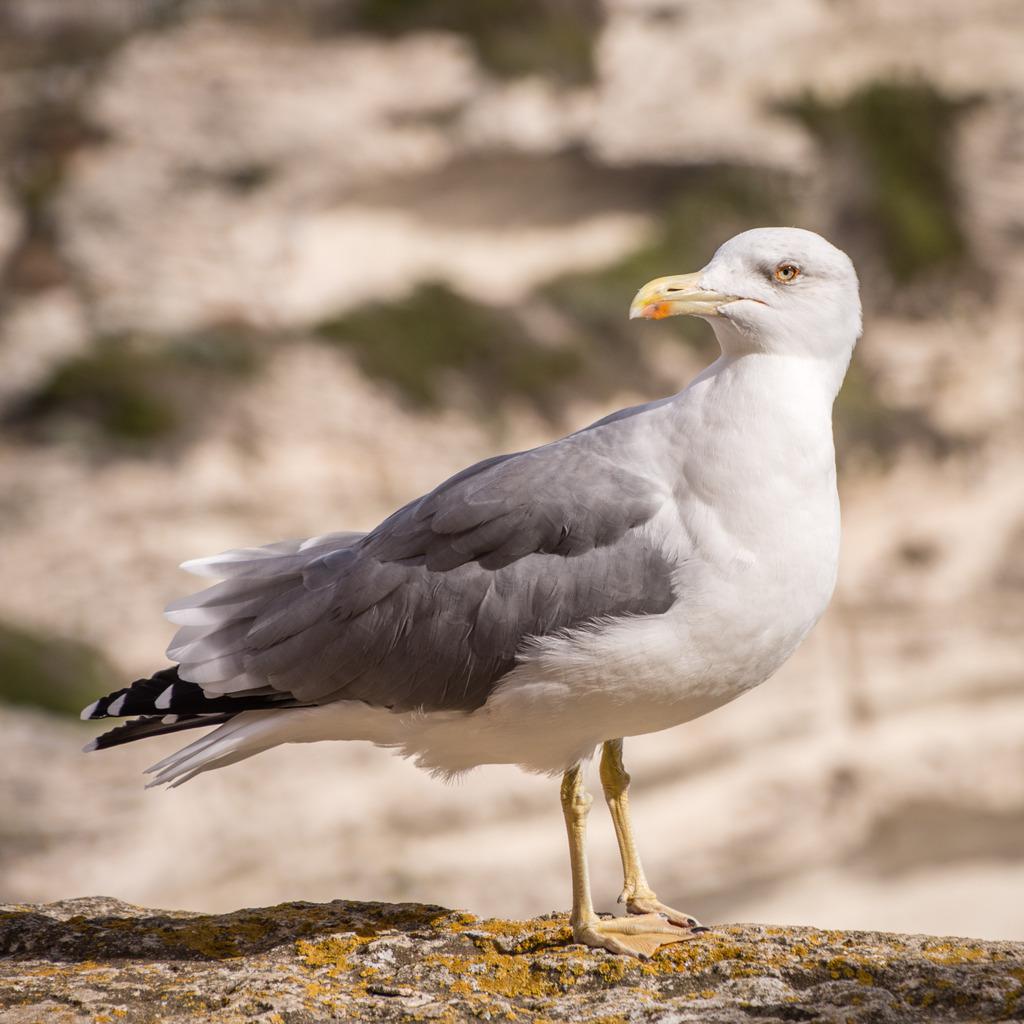Herring Gulls are one of the most familiar gulls of the North Atlantic and can be found along both North American coasts in winter. They are found year-round along the southern coast of Alaska, around the Great Lakes, along the St. Lawrence River, and on the Atlantic coast from North Carolina to Newfoundland.
Gulls are long-winged, white birds with gray and black markings. It can be difficult to tell them apart as they take up to 4 years to develop their adult plumage. In addition, gulls often mate with each other, so there are hybrids with characteristics of two species.
Herring Gulls are large birds (22-26 in long) with a red spot near the tip of the lower half of their large yellow bill. In flight, they look barrel-chested and broad-winged compared to smaller species.
Herring Gulls are loud and competitive scavengers, spending much of their time perched near food sources. They also eat large numbers of aquatic and marine animals and berries. They drop Clams and other shellfish on exposed rocks or parking lots in order to break the shells and get at the soft interior.
Could it be? California Gulls and Ring-billed Gulls are much smaller. Glaucous-winged Gulls have a stockier body, shorter wings, and a thicker bill.
Did you know? If necessary, Herring Gulls can drink seawater, excreting the salt through glands over the eyes.
See Also: California Gull, Glaucous-winged Gull, Mew Gull, Ring-billed Gull







